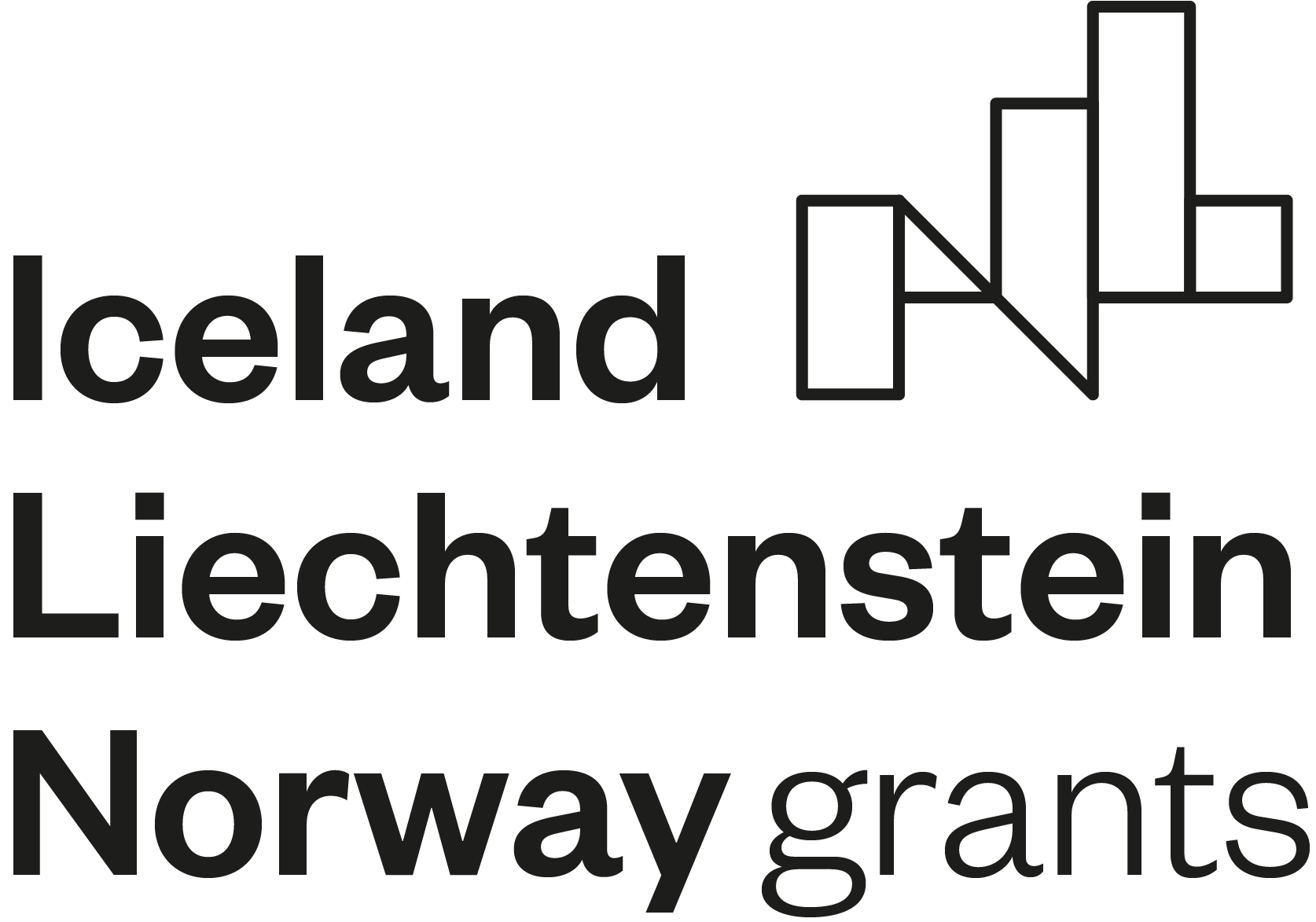Topic
Work Placement
Work Placements
Work placements are structured periods of work experience where students are placed within a business or organization to gain practical skills related to their field of study. These can be part of a VET program and can vary in length from a few weeks to several months. Unlike traditional internships, work placements are often integrated into the curriculum and assessed as part of the educational program.
But how can businesses and VET institutions collaborate to make these work placements a success? The following guide may serve as inspiration when crafting a successful work placement initiative that will benefit students, educational institutions, and businesses alike.
From the business perspective:
1. Identify objectives
Clearly outline what you aim to achieve through the work placement. This could range from tackling specific business challenges to scouting for new talent.
2. Select suitable departments
Identify departments or projects that would benefit from an extra pair of hands and where students can gain relevant experience.
3. Appoint mentors
Designate experienced employees to act as mentors who guide the students through the intricacies of real-world work.
4. Develop a work plan
Outline tasks, projects, timelines, and deliverables. Having a structured plan helps keep the placement focused and productive. This will also help students understand what is expected of them and what they will gain from the placement.
5. Orientation
Familiarize students with the company culture, policies, and safety protocols to ensure a smooth work placement onboarding process.
6. Regular check-ins
Scheduled meetings with the students provide opportunities for feedback and adjustments. Regular updates on the student's progress and prompt resolution of any issues can help to ensure that the placement is a positive and productive experience.
7. Evaluation and future engagement
Conclude the placement with an evaluation process that could potentially lead to future employment opportunities.

From the VET institutions perspective:
1. Assess student readiness
Ensure that the students possess the foundational skills needed for a successful placement.
2. Clarify learning objectives
Detail what skills and competencies should be developed during the work placement. It also provides a clear framework for the placement, ensuring that both the student and the company have clear expectations.
3. Matchmaking
Connect students with businesses that align with their academic and career goals.
4. Preparation workshops
Pre-placement training can equip students with the soft skills needed to excel in a professional environment.
5. Legal and institutional paperwork
Complete all necessary documentation, including liability waivers and learning contracts.
6. Monitor progress
Assign a faculty advisor to regularly check in on the student’s progress during the placement. Open communication keeps the VET institution informed and allows them to provide support and assistance where necessary.
7. Assessment and reflection
Conduct a formal evaluation and a debriefing session where students can reflect on their experiences.
The cornerstone of any successful work placement lies in a collaborative approach, underpinned by four key pillars. First and foremost, open communication; both businesses and VET institutions must maintain transparent dialogue to swiftly address challenges or make necessary adjustments. This communication should extend to a robust feedback loop, where each party is open to giving and receiving constructive criticism, allowing for continuous improvement and alignment of objectives. Equally important is the adherence to legal and ethical standards, including compliance with employment laws and academic integrity, ensuring that the placement is conducted within a responsible framework. Lastly, meticulous documentation of all elements of the work placement should be maintained. This serves not only as a record for future reference but also as a tool for ongoing improvement and validation of the collaboration's success.
Work placements create a
win-win-win scenario for VET institutions, students, and businesses. They offer practical experience for students, useful labor and fresh perspectives for businesses, and valuable industry connections for educational institutions.

Benefits of work placements:
Stronger Industry Ties
Establishing work placement programs often involves building relationships with local businesses, which can lead to other forms of collaboration, such as research projects or guest lectures.
Industry Relevance
Work placements help ensure that the curriculum stays relevant to the needs of the industry, which in turn makes the program more attractive to prospective students.
Increased Employability
Students who have undergone work placements are generally more employable, which can improve the institution's job placement rates and reputation.
Feedback Loop
Businesses can provide feedback on the curriculum and skill sets of students, helping educational institutions fine-tune their programs.
Career Insight
Being in an actual work environment gives students insights into potential career paths, helping them make more informed decisions about their futures.
Networking
Work placements are excellent opportunities for students to build professional relationships, which can be invaluable when they enter the job market.
Resume Boost
Having work experience in a relevant field, even if it's just a placement, can make a big difference when applying for jobs or further educational opportunities.








